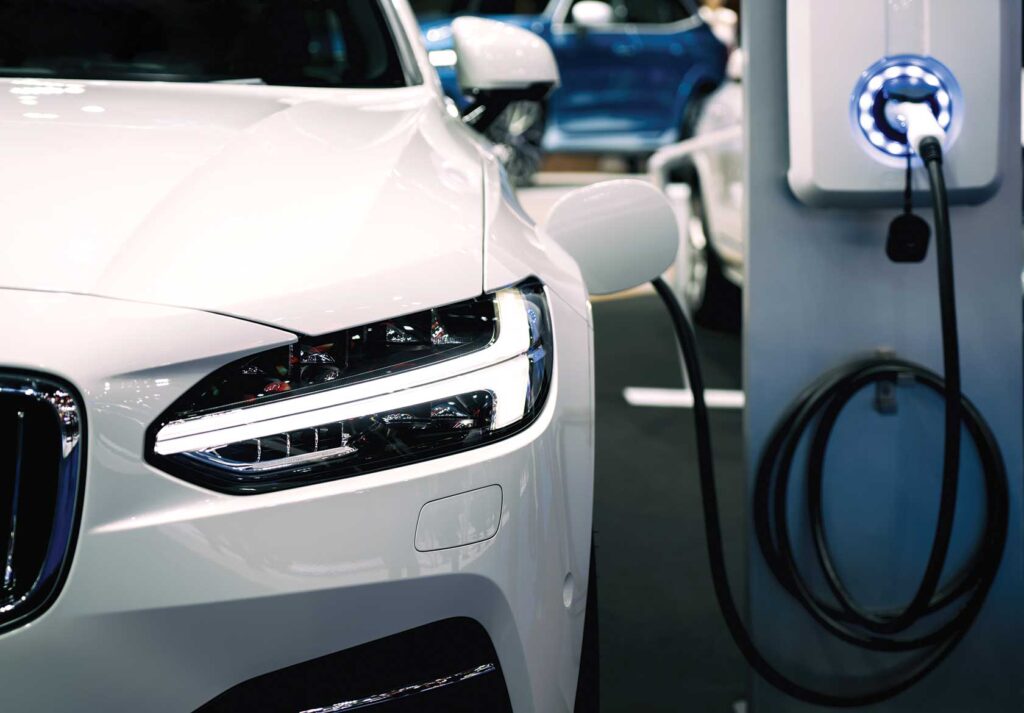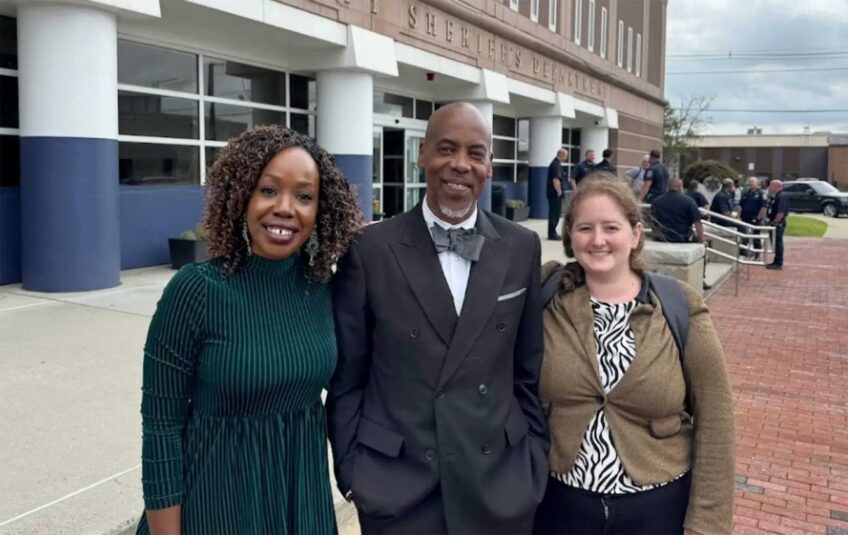$12.5 million to help develop EV infrastructure
State aims to ensure charging capability in communities of color

Former Boston City Councilor Tito Jackson bought a Toyota Prius, a hybrid vehicle running on both gas and electricity, in 2011, and drove it through several city council campaigns as well as a mayoral bid, touting the environmental benefits of reducing dependence on fossil fuels along the way.
He owns his home in Roxbury, so the only obstacle to trading in the hybrid for an all-electric vehicle is the cost of installing charging equipment — not to mention the pricey new vehicle itself.
“At least I have a choice,” said Jackson. “About 80% of the homes in Roxbury are not owner-occupied. So any renters buying an EV are going to face a challenge.”
State and local governments, pushing increased use of electric vehicles, recognize the dilemma of where to put chargers for renters’ cars.
Massachusetts will now dedicate $12.5 million to support municipalities in developing solutions to this problem. Specifically, the funds are aimed at helping cities address the lack of on-street charging for electric vehicles.
This investment is part of a $50 million package for EV charging infrastructure, state officials announced Feb. 7. The goal is to address a transportation sector that makes up the largest source, or 37%, of greenhouse gas emissions in Massachusetts, according to state data.
Cutler Cleveland, a professor of earth and environment at Boston University’s Institute for Global Sustainability, said construction of charging stations and uptake of electric vehicles are a chicken-and-egg situation.
“For electric vehicle charging infrastructure to be put in place … and for the electric utilities to be able to justify the investment in the infrastructure, there has to be demand for electric vehicles,” Cleveland said. “That means that people have to be buying electric vehicles and therefore creating demand for the infrastructure itself.”
Electric vehicle drivers often rely on overnight charging to ultimately get where they’re going. In a city like Boston, however, where single-family homes comprise less than 40% of the housing stock, access to EV charging stations can be scarce.
“If we’re trying to electrify the transportation sector and encourage people to convert to electric vehicles, we really need to provide overnight charging options in all neighborhoods,” said Mike Judge, undersecretary of energy for the Massachusetts Executive Office of Energy and Environmental Affairs.
The state’s efforts toward more on-street charging include possibly connecting chargers to existing infrastructure, such as streetlamps. But Judge acknowledges that, in attempting to implement this technology, cities like Melrose have found it difficult to upgrade the electrical grid or coordinate with utilities.
Nonetheless, he said, “I think we need to confront these challenges and obstacles [around streetlight charging] head on.”
Charging stations might also fit into the limited curb spaces that already have many other uses like parking meters, sidewalk access and bike parking.
“It’s a real city planning challenge for extremely valuable real estate,” Cleveland said. “It’s going to take some very intentional planning on the part of decision- makers to prioritize access to charging infrastructure in neighborhoods that historically have lacked access to all types of public amenities in that space.”
The state efforts, and pending city pilots announced in June 2023, emphasize ensuring that charging infrastructure gets built in communities of color and in areas that have experienced environmental harm. Electric vehicle purchases in those communities, however, have lagged.
A 2018 report from the National Center for Sustainable Transportation found that among California car sales between 2011 and 2015, white drivers made up over half of electric vehicle and plug-in hybrid sales. These drivers comprised about 40% of gas or diesel car sales. Latino drivers made up 10% of electric vehicle sales, with 2% for Black drivers.
Higher price points for electric vehicles have long impacted their sales. The average cost of a new EV in 2023 was over $53,000. Federal and state rebates have helped lower costs for some buyers, but the price remains daunting.
“These vehicles are not cheap,” said Jackson. “Our community is just as thoughtful around the issues of the environment but the persistent wealth gap and the lack of infrastructure act as barriers to switching over to electric vehicles.”
Judge, however, said that he sees hope for drivers who are turned off by the high price point of electric vehicles. He pointed to a growing used EV car market, along with expanded government rebates for electric vehicles. Indeed, in August, Massachusetts extended its rebate to drivers purchasing used electric vehicles.
In addition, some environmental advocacy nonprofits have suggested that the cost of repairs and charging might make EVs cheaper in the long term.
But there remain concerns around the environmental and human impacts of mining lithium and cobalt, metals used in the production of EV batteries. Cobalt taken from the Democratic Republic of Congo’s vast interior is often at the barrel of a gun, with competing militias fueling the trade at a cost of hundreds of thousands of lives.
At the same time, sagging electric vehicle sales and resistance from auto manufacturers and unions have led the Biden administration to slow down the conversion of America’s car fleet from gas to electric.
But as the shift does take place, Judge said the state wants to ensure that communities of color don’t get left behind.
“We want to make sure that those communities have as equal access as other communities that are maybe a little bit more well-resourced,” he said.
State funding also will support the electrification of larger vehicles like vans, buses and trucks; charging resources for rideshare and taxi services; and conversion of state vehicles.
Even as the state supports increasing the number of electric vehicles on the road, Cleveland said other measures around public transit and active transportation like walking and biking must also see investment.
“We tend to look at electric vehicles as a silver bullet — we just electrify everything — but ignoring the other aspects of other transportation options really is going to miss the mark,” he said.






